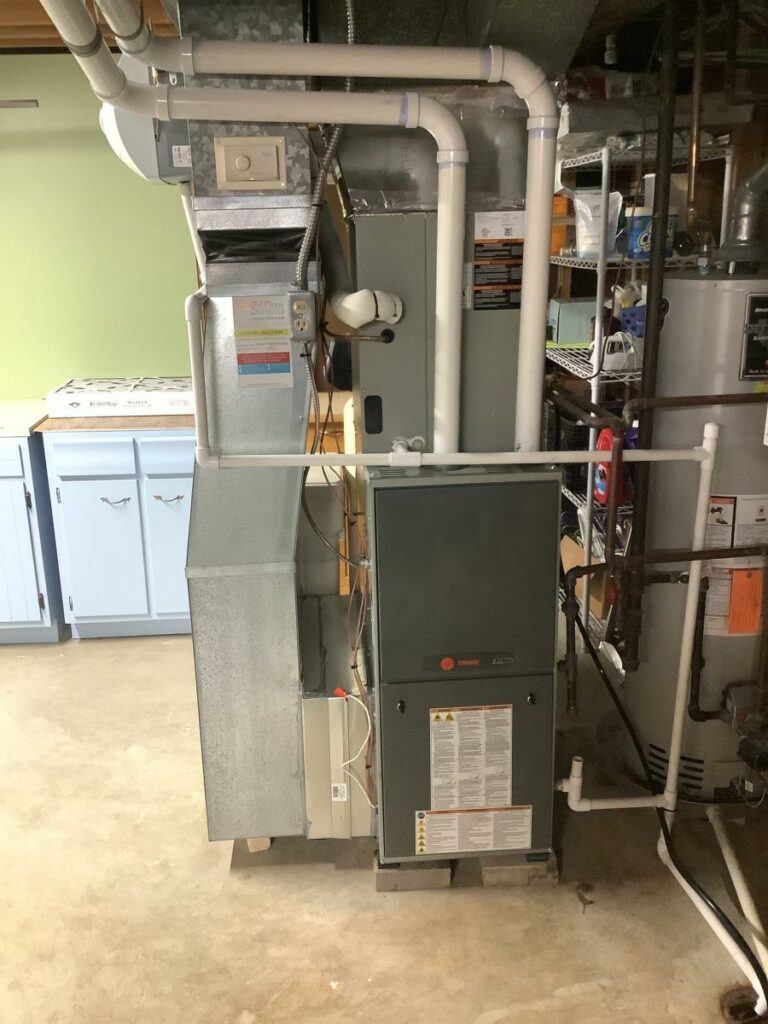The Ultimate Guide to Heating System Installment for a Cozy Home
Furnace setup is a crucial aspect of keeping a comfy home atmosphere, particularly throughout the chillier months. As you consider these aspects, the concern remains: what actions can you take to ensure your heater serves you well for years to come?
Kinds Of Heaters

Gas furnaces are the most typical selection due to their effectiveness and reduced operational costs. They use gas or gas, providing quick heating and constant efficiency, making them perfect for chillier environments.
Electric heaters, while usually easier to set up and preserve, have a tendency to have greater functional prices. They are frequently favored in areas where gas service is not available or for homes with existing electrical facilities.
Oil heaters, though much less usual today, remain a viable option in certain regions. They burn heating oil, which can be advantageous throughout cooler months, yet their dependence on oil distribution presents prospective difficulties.
Furthermore, there are high-efficiency designs offered throughout these kinds, which can substantially reduce energy consumption and energy costs - furnace installation. Eventually, recognizing these heating system kinds will help homeowners pick a system that straightens with their home heating needs, budget, and power choices
Picking the Right Size
Selecting the appropriate dimension for a heating system is vital to guaranteeing optimal performance and power efficiency. A small heater will struggle to keep comfortable temperatures throughout the chilly months, resulting in raised deterioration, higher power expenses, and potential system failing. Alternatively, an extra-large heating system may cycle on and off as well frequently, leading to ineffective heating and uneven temperature level circulation within the home.
To establish the appropriate heater size, a calculation referred to as the Manual J load estimation must be performed. This procedure evaluates different factors, including the square video of the home, insulation levels, home window sizes, and neighborhood climate problems. This comprehensive analysis ensures that the heating system fulfills the specific home heating needs of the room.

Installation Process Overview
In regards to products, you will certainly need ductwork, insulation, and sealing tape to make certain optimum air flow and energy performance - furnace installation. It is additionally essential to have a new heater filter accessible, together with venting products, such as PVC pipe or metal flue, relying on the sort of furnace being mounted
Safety and security tools, including handwear covers, goggles, and a face mask, is additionally essential visit their website to secure against dirt and debris during installment. Having all these tools and products easily offered not only simplifies the procedure but likewise enhances the safety and security and efficiency of the furnace setup.
Maintenance Tips for Durability
To ensure the durability of your furnace, it is necessary to execute a normal upkeep schedule that addresses key elements of the system. Beginning by replacing or cleaning the air filter every one to 3 months, as a stopped up filter can restrict airflow and reduce efficiency. Furthermore, evaluate and clean the blower assembly to avoid dust accumulation that can impede efficiency.
Following, check the thermostat settings and rectify if necessary to make sure exact temperature level law. Inspect the ductwork for leaks or obstructions, as this can bring about energy loss and uneven heating. Regularly lubricate the motor and bearings according to the maker's recommendations to minimize wear and tear.
Expert examinations must occur yearly, where a certified professional can assess the heating system's general problem, look for gas leakages, and make sure that safety and security attributes are operating appropriately. Lastly, take into consideration mounting a programmable thermostat to maximize power use and preserve constant home temperatures. By adopting these maintenance techniques, you can boost your heater's performance, prolong its life expectancy, and inevitably take pleasure in a relaxing and comfortable home environment.
Conclusion
